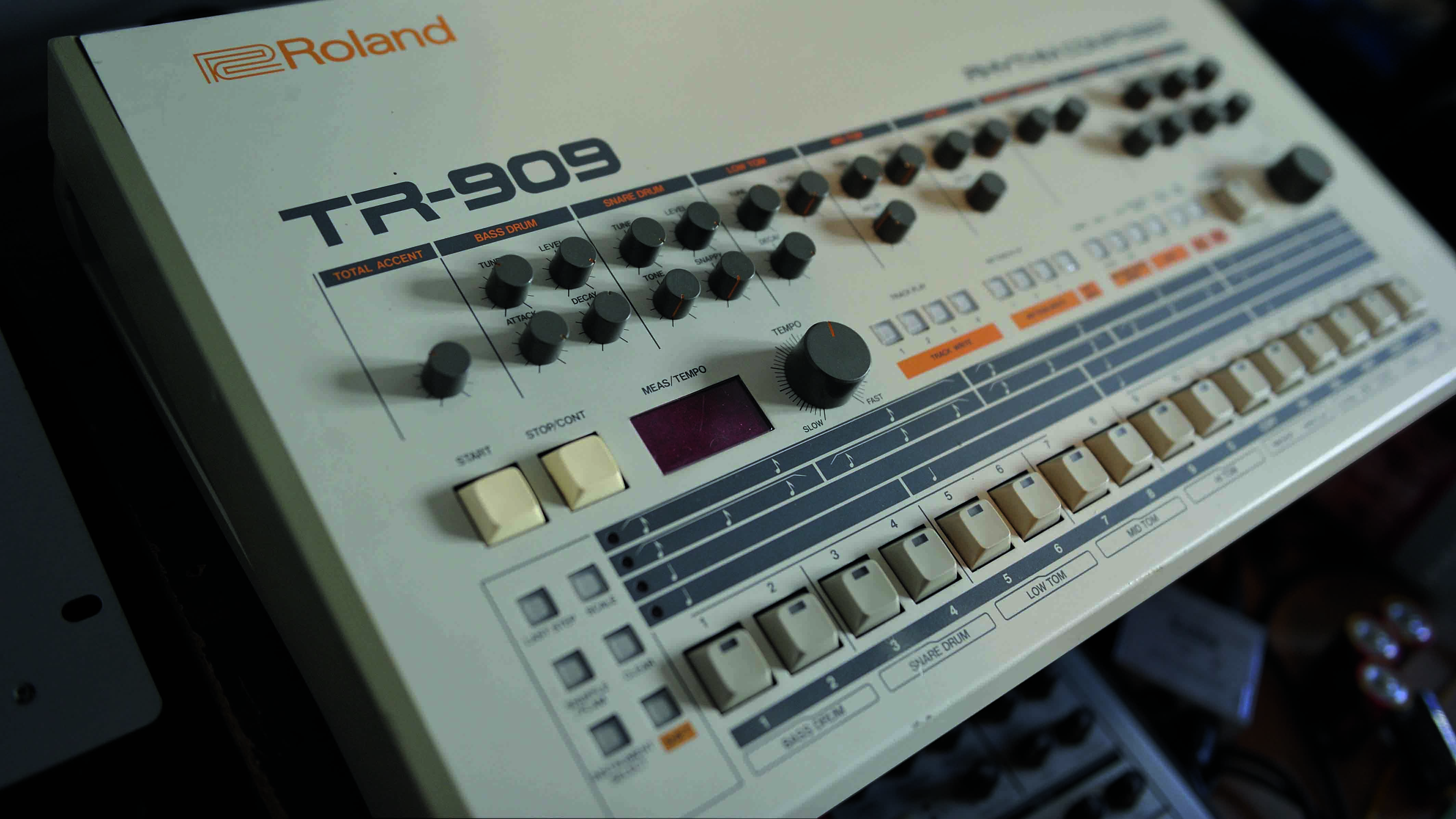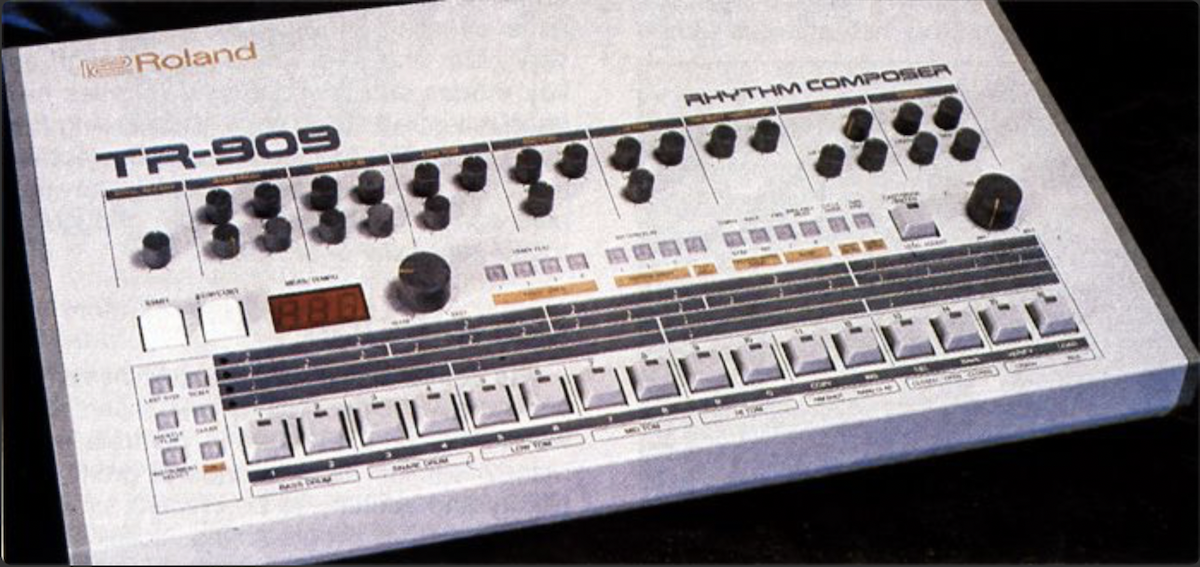
Introduced in 1983, the Roland TR-909 has shaped the history of electronic music, playing a starring role in the genesis of house and techno before being adopted by a long list of artists that includes Madonna, Bjork and Radiohead.
Building on the foundations of its celebrated big brother, the TR-808, this iconic drum machine forever etched the instantly recognisable sounds of its crunchy claps and thumping kick drum into the history books.
While those sounds were generated through analogue synthesis, the 909's hi-hat and cymbals were original samples. Their crisp and precise sound can be heard in more tracks than perhaps any other sample in history, but who was responsible for recording them?
That would be Atsushi Hoshiai, a Roland employee that joined the company in 1982 and remains with them today. Known around the office as Mr. 909, Hoshiai is one of the chief architects of the drum machine's hugely influential sound.
In a recent interview with Attack Magazine, Hoshiai opened up about the origins of the 909's hi-hats and cymbals. "I have been playing music as an amateur drummer since my school days," he recalled. "I brought in my personal, most favorite cymbals and sampled them."
The hi-hats were a mismatched pair made up of a 14” Paiste Sound Edge top and 14” Zildjian A New Beat bottom, while the crash and ride sounds were recorded using a Paiste 18″ Thin Crash; the ride sound was produced by striking the bell of the cymbal, and the crash was the sound of its edge being struck.
Hoshiai says the recording process was simple; a Sony C-38 microphone going directly into a Pioneer reel-to-reel tape recorder, with no EQ or compression applied.
Incredibly, Hoshiai still uses the original 909 cymbals when performing with his jazz band. As a jazz devotee, Hoshiai is amusingly ambivalent about the entire genres that his sounds have helped to create: "I don't listen to the kind of music that the TR-909 is used for on a daily basis," he says. "Around 1990, when I heard music with the 909 kick going untz untz, I thought someone discovered a new way to use it."








